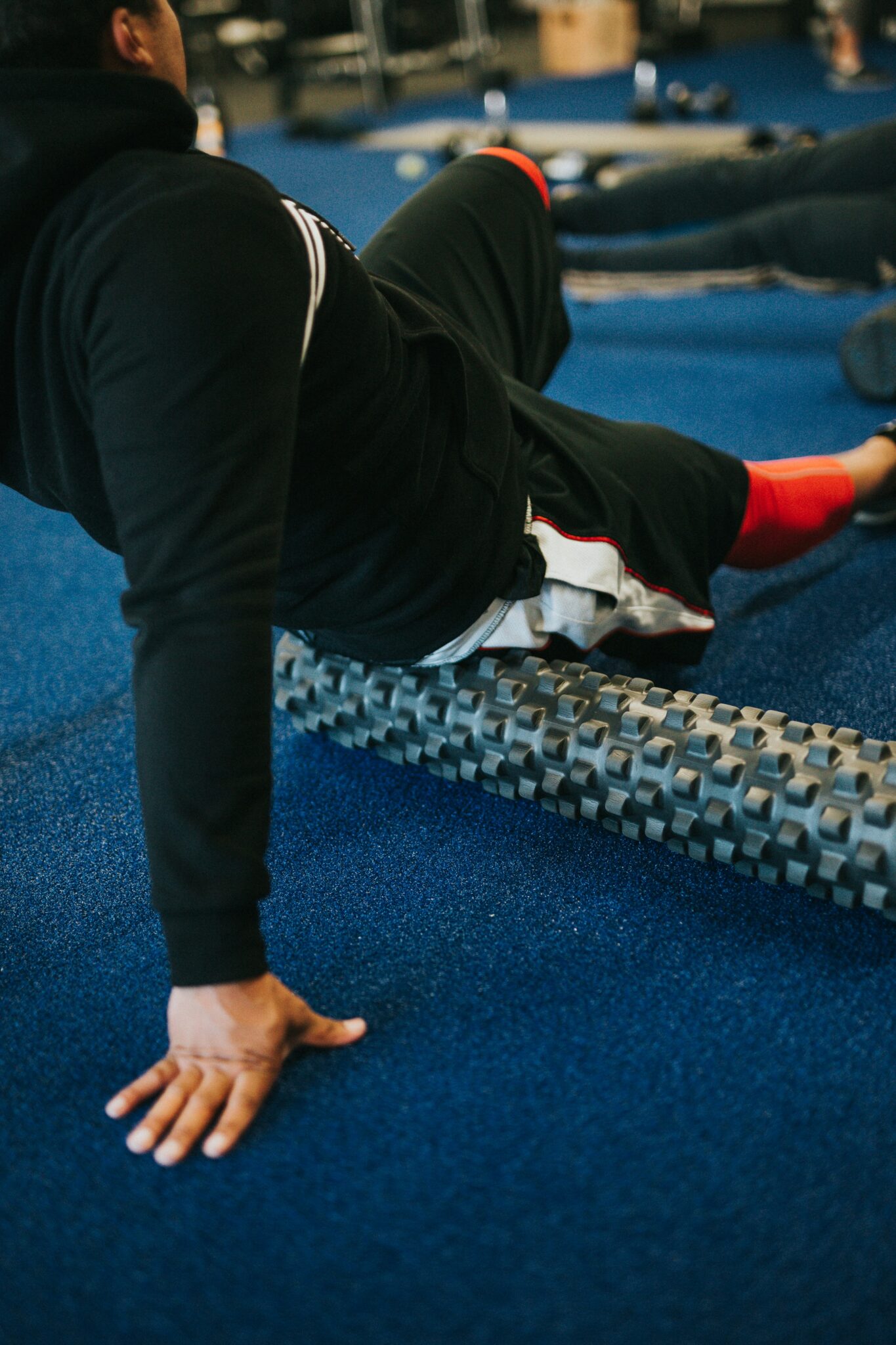The squat is a fundamental and compound movement that engages multiple muscle groups and is crucial for building lower body strength. Achieving optimal squat depth is not only essential for maximizing muscle engagement but also plays a pivotal role in preventing injuries and promoting functional movement. This article explores the factors influencing squat depth and provides actionable tips to help you achieve better depth in your squats.
Factors Influencing Squat Depth:
- Mobility:
- Mobility refers to the range of motion around a joint. Limited ankle, hip, or thoracic spine mobility can restrict your ability to achieve a deep squat. Regular mobility exercises targeting these areas can significantly improve your squat depth.
- Flexibility:
- Flexibility, particularly in the muscles around the hips, hamstrings, and quadriceps, is crucial for achieving better squat depth. Inflexibility can result in compensatory movements or poor form during squats. Incorporate dynamic stretches and static stretches into your warm-up and cool-down routines.
- Strength and Stability:
- Adequate strength and stability in the muscles involved in squatting are essential. Weakness in the core, glutes, and quadriceps can hinder your ability to control the descent and ascent of the squat. Incorporate targeted strength training exercises to build muscle in these areas.
- Foot Placement and Technique:
- Proper foot placement and squatting technique contribute significantly to achieving better depth. Ensure your feet are shoulder-width apart or slightly wider, toes pointing slightly outward. Initiating the movement by pushing the hips back and maintaining a neutral spine helps optimize squat form.
- Breathing and Bracing:
- Proper breathing and bracing techniques enhance stability and support during squats. Take a deep breath before initiating the squat, brace your core, and maintain this tension throughout the movement. This provides a stable foundation for achieving better squat depth.
Actionable Tips for Better Squat Depth:
- Ankle Mobility Exercises:
- Perform ankle mobility exercises, such as calf stretches and ankle circles, to improve dorsiflexion. Adequate ankle mobility allows your knees to travel forward over your toes, facilitating a deeper squat.
- Hip Mobility Drills:
- Incorporate hip mobility drills like hip flexor stretches, leg swings, and pigeon poses. Enhanced hip mobility ensures that you can achieve the necessary depth without compromising form.
- Goblet Squats:
- Goblet squats are an excellent exercise to reinforce proper squat mechanics. Holding a weight at chest level helps with balance and encourages a more upright torso position, facilitating better depth.
- Assisted Squats:
- Use a support, such as a TRX suspension trainer or a sturdy pole, to assist with balance as you work on achieving deeper squats. Gradually reduce reliance on the support as your squat depth improves.
- Pause Squats:
- Incorporate pause squats into your routine by holding the bottom position of the squat for a few seconds. This helps develop strength in the deep squat position and reinforces proper form.
- Box Squats:
- Box squats involve squatting to a box or bench, promoting consistent depth. Use a box that allows you to reach parallel or slightly below, gradually reducing the height as your flexibility and strength improve.
- Consistent Practice:
- Like any skill, achieving better squat depth requires consistent practice. Include squats in your regular workout routine and focus on gradual progression. Track your progress and celebrate milestones along the way.
- Seek Professional Guidance:
- Consider seeking guidance from a certified fitness professional or a physical therapist. They can assess your form, identify specific areas for improvement, and provide personalized recommendations for enhancing your squat depth.
Achieving better squat depth is a multifaceted journey that involves addressing mobility, flexibility, strength, and technique. By incorporating targeted exercises and implementing proper form, you can unlock the full potential of your squat and reap the benefits of improved lower body strength, functional movement, and injury prevention. Remember, progress may take time, so stay consistent, be patient, and enjoy the transformative journey toward mastering the art of the squat.



